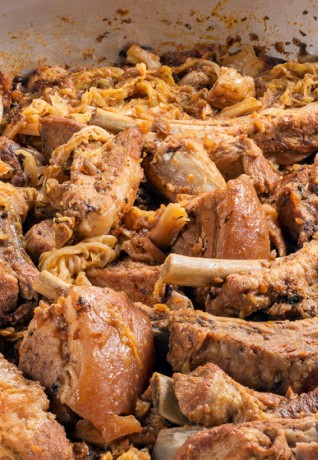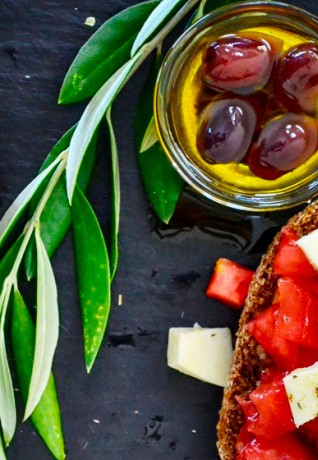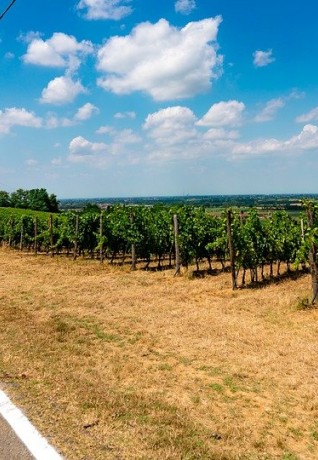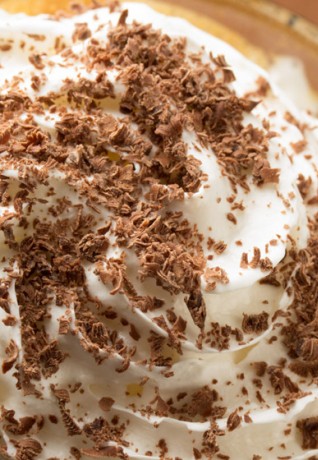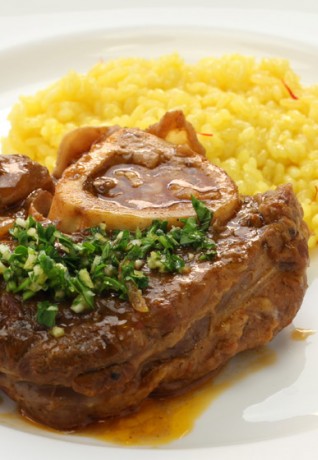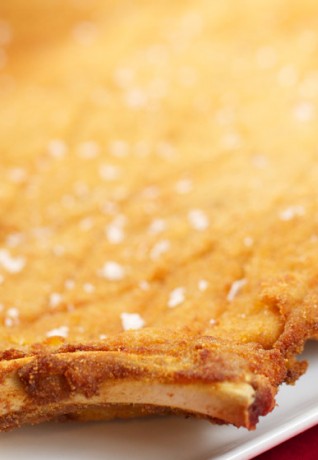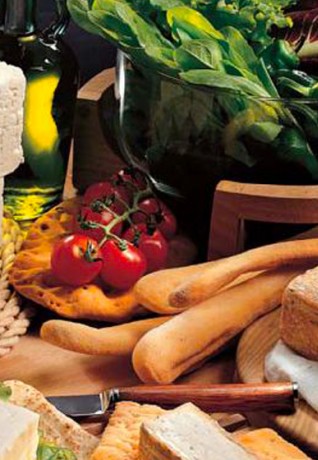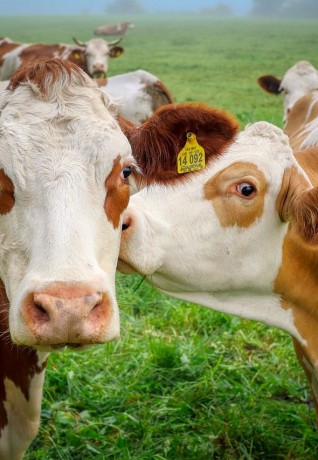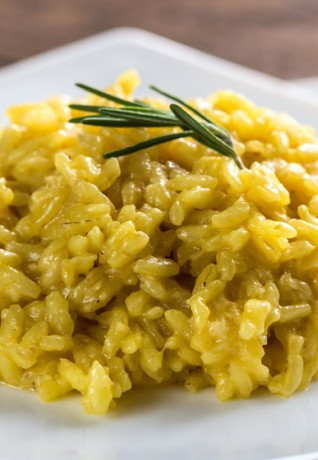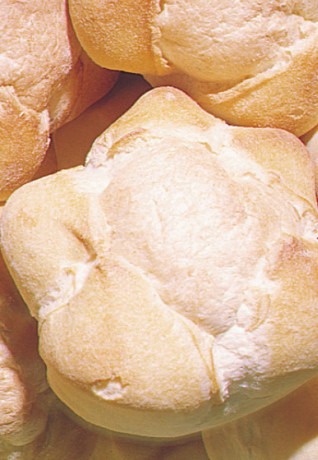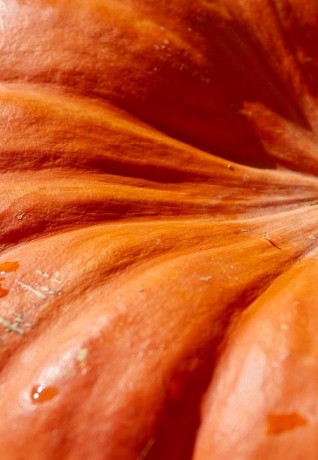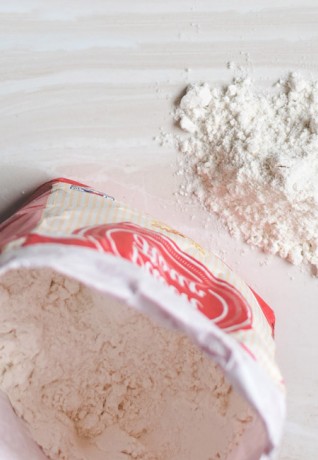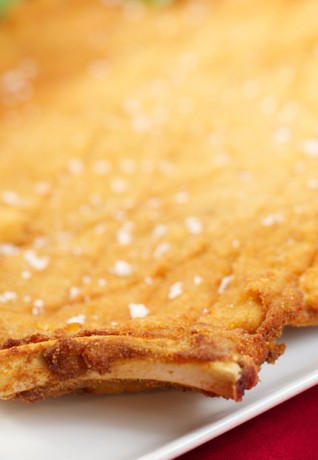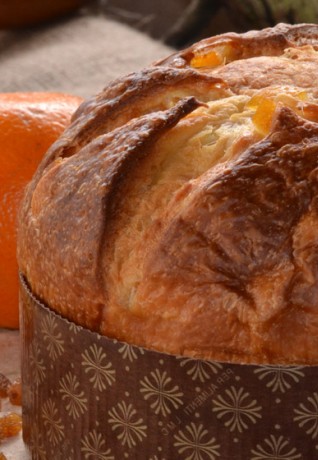Risotto alla Milanese
Taste the traditional dishes of Milano
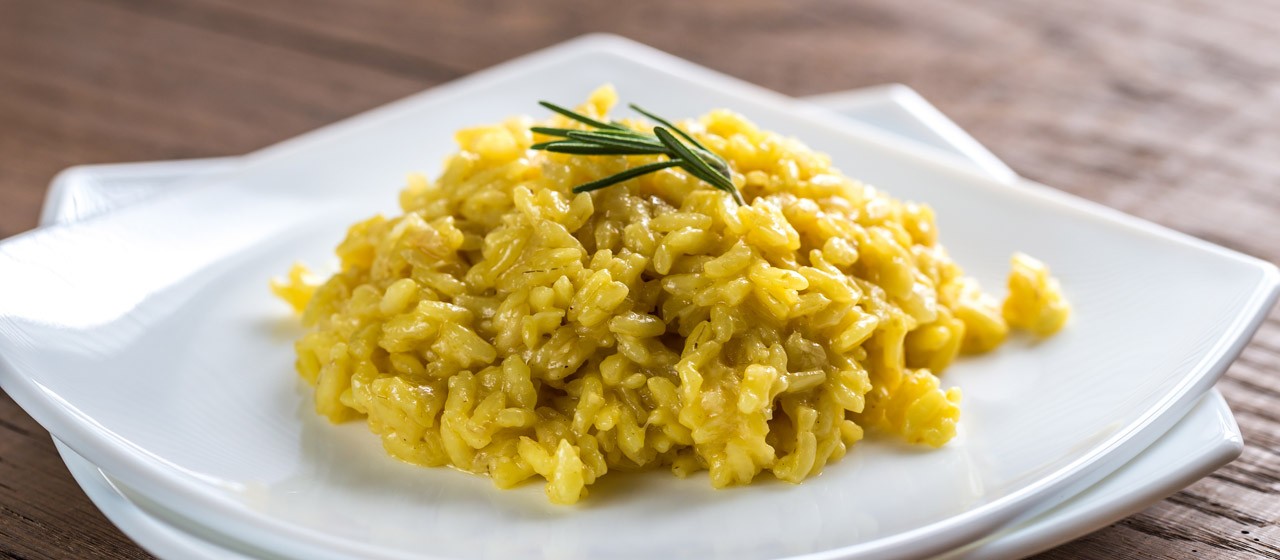
The secret of this traditional Milanese dish resides in the simplicity of its ingredients, coming together to create a flavour that is velvety and refined. Onion is browned with butter and oil, rice toasted and wet with white wine and then cooked al dente in beef stock. Towards the end of the process, it is made creamy with butter and parmesan cheese and then saffron is added, the very ingredient that gives this delicacy its golden colour. As a final touch the risotto is served soft and a little runny, and some garnish it with a gold leaf!
The magic of Risotto alla Milanese, a real icon of the city, can be fully appreciated in that temple of elegance and good taste, the restaurant Savini, located in the Galleria.
The origin of this dish is quite curious. It seems it was born in 1574 following an experiment by an eccentric painter. Wishing to impress his guests, he decided to colour the risotto by adding a pinch of saffron, a spice he used to create a special yellow shade in his paintings. The more imaginative have speculated this idea was born from the fact that in those days alchemists considered gold to have a magical influence on the heart.
Ingredients – Serves 6
- 550 g rice (Carnaroli, Arborio or Vialone Nano)
- 50 g butter
- 30 g chopped veal marrow
- 2 spoons of clear and dark roast beef juice (if you have no juice increase marrow to 60 g)
- 2-3 l boiling stock (NOT from a stock cube)
- Small onion finely diced
- A piece of fresh butter
- 5 g saffron pistils or a packet of powdered saffron
- Salt (if necessary)
- Grated Parmesan cheese
Place the marrow, butter, roast juice and onion in a pot, and cook over low heat until the onion is translucent.
Add the rice and mix well until it absorbs the sauce and then sprinkle with white wine.
At this point, turn up the heat and begin to ladle the boiling stock over the rice, one ladle at a time, stirring all the while with a wooden spoon. As the stock evaporates and is absorbed, continue cooking on high heat, continue adding more stock - one ladle at a time until the rice is cooked. Take care rice remains al dente. Cooking time is 14 to 18 minutes, depending on which kind of rice is used.
Two-thirds of the way through the cooking time, add the saffron-infused in the stock. If powdered saffron is used, however, only add at the end in order not to lose the aroma.
When the risotto is cooked, taste and adjust with salt if necessary. Add the cold butter and grated Parmesan cheese and beat in to make the risotto creamy. Pour into the serving dish and leave to rest for a couple of minutes.
The risotto should be quite runny – all’onda or “wavy” – and the grains well separated but bound together by a creamy coating.
According to tradition, Milanese risotto is eaten with a spoon, accompanied by red wine - Parmesan cheese should be available for the diners to help themselves.
Unless you are quite an expert at cooking this dish, you should not cook more than 7-8 portions at any one time - or less than two.
Risotto may be cooked with 20 g. of dried mushrooms soaked beforehand in cold water.
Some white truffle may be sliced on the risotto after it has been placed in the serving dish.
Leftover risotto can be heated up in the pan and some consider this version to be even tastier than the original.
Sautéed risotto is prepared using your hands to squash the rice on a sheet of greaseproof paper into a flattened bun shape. Then put the bun into the pan. Take care, however, it does not crumble as you move it. There should be some hot butter in the pan. The bun is cooked by moving the pan slowly until a crust has formed.
At this point, turn the risotto bun on a plate then slide it back onto the pan in order to cook it on the other side. The crust should be the same on each side.

 Log in
Log in

